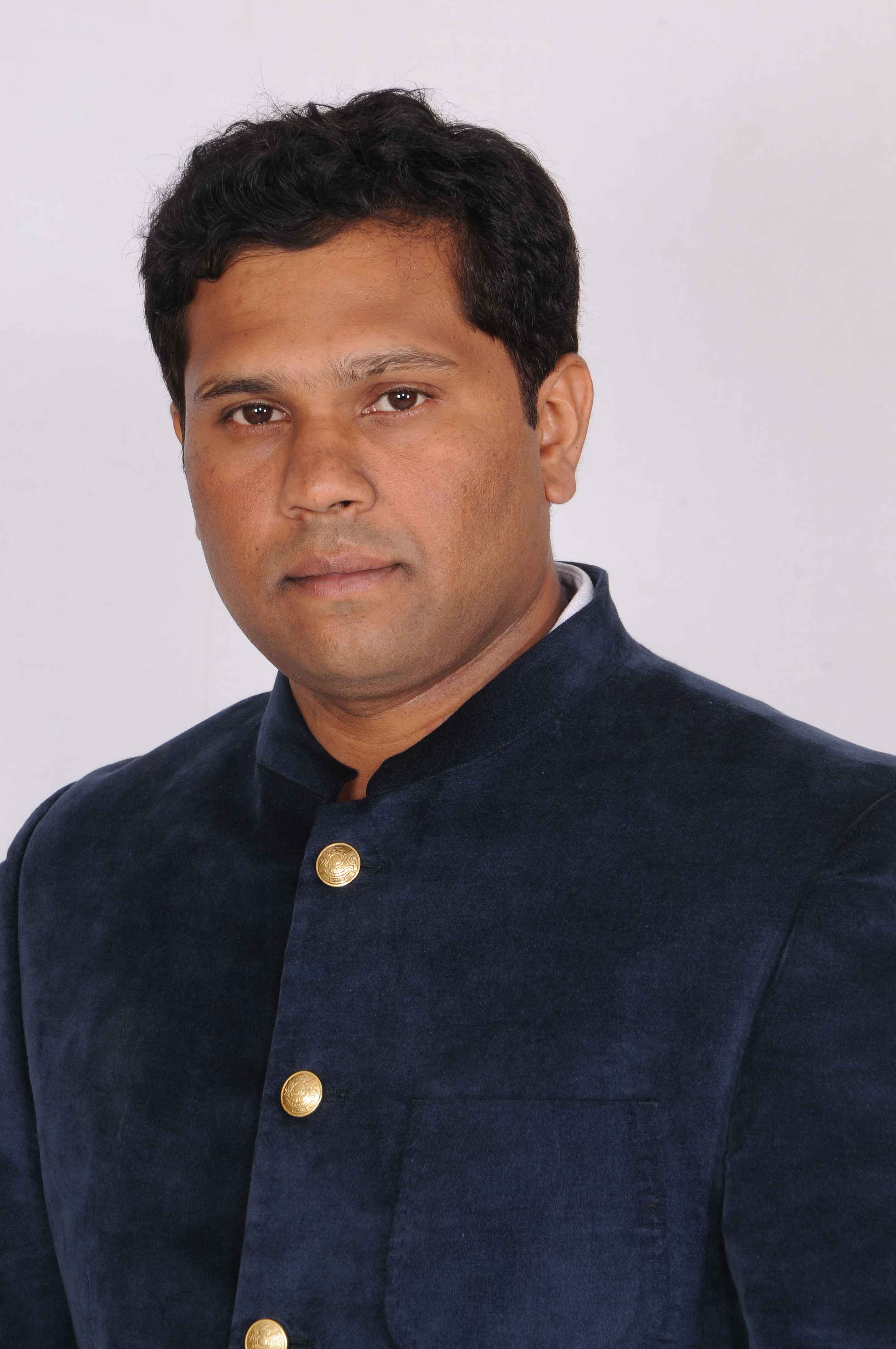Natya Shastra
Natya Shastra
The Nāṭya Śāstra is a Sanskrit treatise on the performing arts. The text is attributed to sage Bharata Muni, and its first complete compilation is dated to between 200 BCE and 200 CE,but estimates vary between 500 BCE and 500 CE.
The text consists of 36 chapters with a cumulative total of 6000 poetic verses describing performance arts. The subjects covered by the treatise include dramatic composition, the structure of a play and the construction of a stage to host it, genres of acting, body movements, makeup and costumes, role, and goals of an art director, the musical scales, musical instruments and the integration of music with art performance.
Natya Shastra in Thai art
The Nāṭya Śāstra is notable as an ancient encyclopedic treatise on the arts, one which has influenced dance, music, and literary traditions in India. It is also notable for its aesthetic "Rasa" theory, which asserts that entertainment is the desired effect of performance arts but not the primary goal and that the primary goal is to transport the individual in the audience into another parallel reality, full of wonder, where he experiences the essence of his own consciousness and reflects on spiritual and moral questions. The text further inspired secondary literature such as the Abhinavabharati an example of a classic Sanskrit bhasya ("reviews and commentaries") written by the 10th century Abhinavagupta.
Historical roots
The Natyashastra is the oldest surviving ancient Indian work on performance arts. The roots of the text extend at least as far back as the Natasutras, dated to around the mid 1st millennium BCE.
The Natasutras are mentioned in the text of Panini, the sage who wrote the classic on Sanskrit grammar, and who is dated to about 500 BCE.This performance arts related Sutra text is mentioned in other late Vedic texts, as are two scholars names Shilalin and Krishashva, credited to be pioneers in the studies of ancient drama, singing, dance and Sanskrit compositions for these arts. The Natyashastra refers to drama performers as Śhailālinas, likely because they were so known at the time the text was written, a name derived from the legacy of the vedic sage Śilālin credited with Natasutras. Richmond et al. estimate the Natasutras to have been composed around 600 BCE.
According to Lewis Rowell, a professor of Music specializing on classical Indian music, the earliest Indian artistic thought included three arts, syllabic recital (vadya), melos (gita) and dance as well as two musical genre, Gandharva (formal, composed, ceremonial music) and Gana (informal, improvised, entertainment music). The Gandharva subgenre also implied celestial, divine associations, while the Gana was free form art and included singing. The Sanskrit musical tradition spread widely in the Indian subcontinent during the late 1st millennium BCE, and the ancient Tamil classics make it “abundantly clear that a cultivated musical tradition existed in South India as early as the last few pre-Christian centuries”.
The art schools of Shilalin and Krishashva, mentioned in both the Brahmanas and the Kalpasutras and Srautasutras, may have been associated with the performance of vedic rituals, which involved storytelling with embedded ethical values.The Vedanga texts such as verse 1.4.29 of Panini Sutras mention these as well. The roots of the Natyashastra thus likely trace to the more ancient vedic traditions of integrating ritual recitation, dialogue and song in a dramatic representation of spiritual themes. The Sanskrit verses in chapter 13.2 of Shatapatha Brahmana (~800–700 BCE), for example, are written in the form of a riddle play between two actors.


